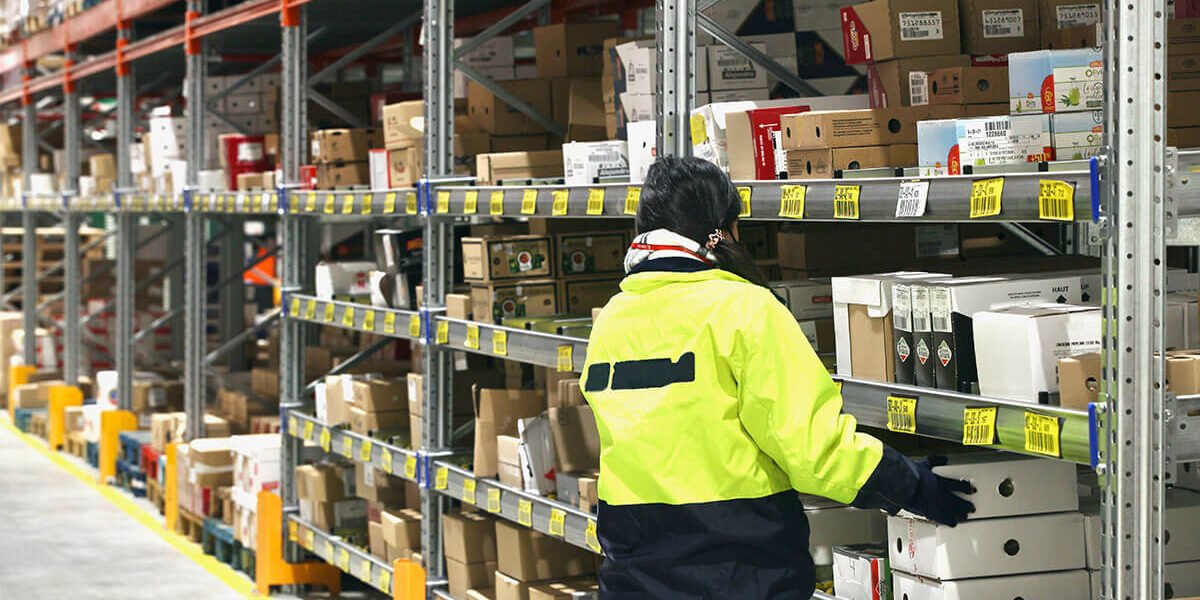After introducing RFID technology, many companies have started to use it for keeping track of their stuff. RFID systems let you quickly scan special tags to see what items you have in your stores. That helps stores know what they have. But is this a good thing? Are there any bad things about it? In this blog, we will discuss the good and bad points of using RFID to keep track of stuff.
Advantages of Using RFID for Keeping Track of Things
RFID systems are helpful tools for managing your stuff. They help you know what items you have, what you need to buy, and what you sell. They’re especially good for stores.
Keeping track of things is important for businesses, especially if you want your store to do well. If you don’t know what you have or how much it costs to get more things, it’s hard to make money.
- Better than Old Way
Using RFID is faster than writing things down. With RFID, you can scan an item’s special code and quickly see information about it, like where it is and how many are left. You don’t have to look through papers or use a card at every cash register –scan the code, and everything else is done for you.
- Correct and Reliable
Leveraging RFID for better traceability is highly accurate and dependable. This method helps you avoid spending too much or too little money. It’s superior to guessing or manual record-keeping, which can lead to issues. RFID prevents you from running out of items, thus safeguarding you against financial losses due to theft or inadequate inventory.
- Security
RFID makes things more secure. It helps stop theft and losses because it knows when things leave the shelves without being paid.
- More Info
RFID helps track items as they move. This way, you know when things arrive and leave your warehouses. It also shows how long things are in stock, so you don’t buy too much.
- Less Waste
RFID stops waste by sometimes sending the right things to the right places.
Disadvantages of Using RFID for Keeping Track of Things
RFID is a technology that uses radio waves to track things. It’s good for keeping track of stuff but has downsides.
If you want to use RFID, you need to think about these things:
- It Costs a Lot
RFID tags can be expensive, and they take up space. They can cost $5 to $10 each, more than other options like barcodes.
- Need Batteries
They need batteries, so you have to replace them often.
- Technical Problems
You might have technical issues using RFID. If someone loses their badge or a thief takes a tag, you won’t know until it shows up in the system later.
- Security Problems
RFID can be hacked. Someone with a phone can copy tag data. This isn’t nice, especially for stores.
- Not Compatible Everywhere – RFID tags are different in different places. This makes it hard for global companies to use them. It would help if you had special solutions for each region, and this costs more.
So, to make more money, you should consider getting an RFID system to keep track of your things. This technology helps you collect, look at, and use information when making important decisions. It makes taking care of your stuff easier, which means you spend less money on workers and are more accurate.
